1. What Is Post-Quantum Cryptography? Post-quantum cryptography is the design of encryption and signature algorithms that remain secure even against powerful quantum computers. The core idea is simple: today’s public-key
Post-Quantum Cryptography
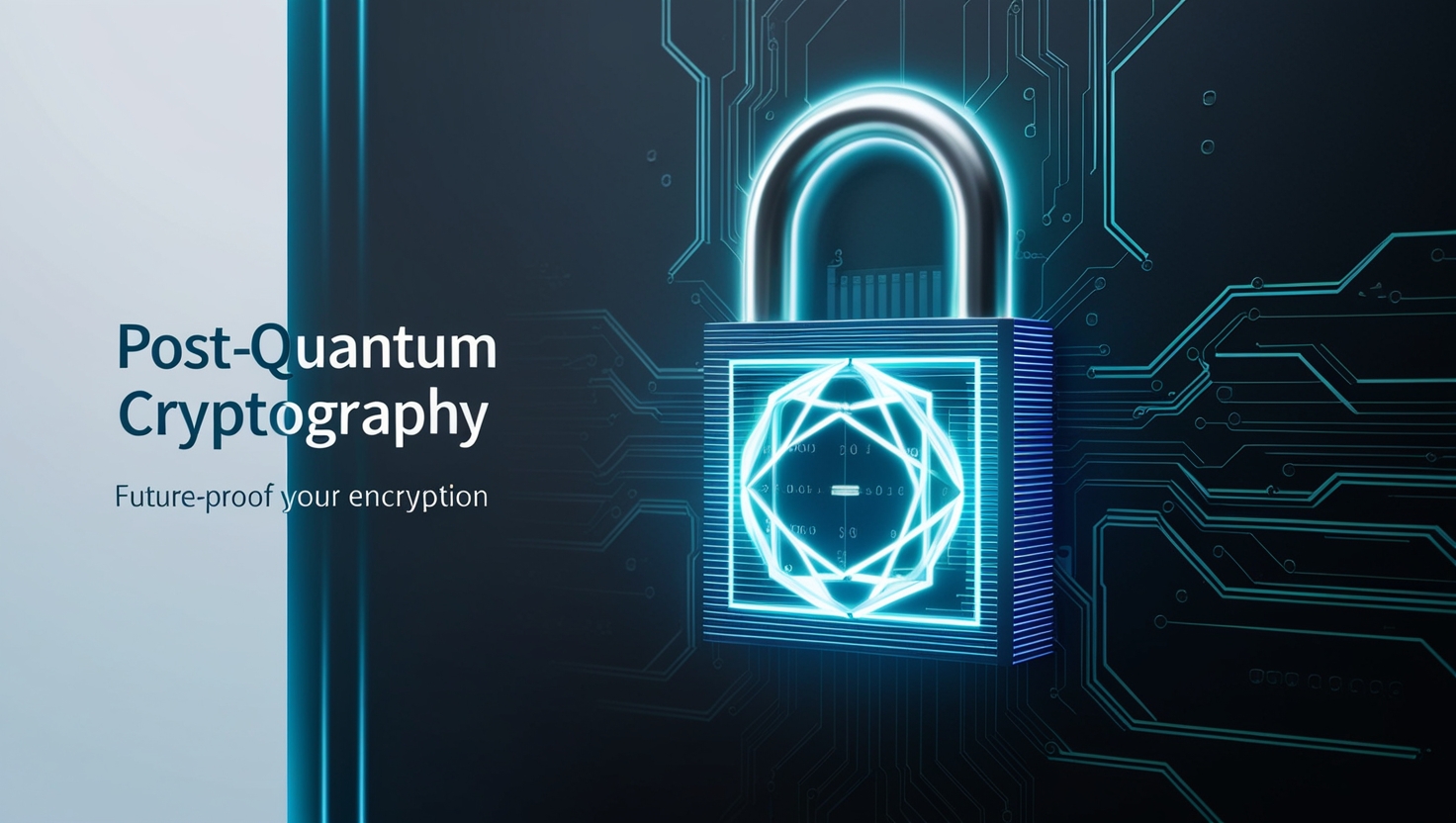

1. What Is Post-Quantum Cryptography? Post-quantum cryptography is the design of encryption and signature algorithms that remain secure even against powerful quantum computers. The core idea is simple: today’s public-key
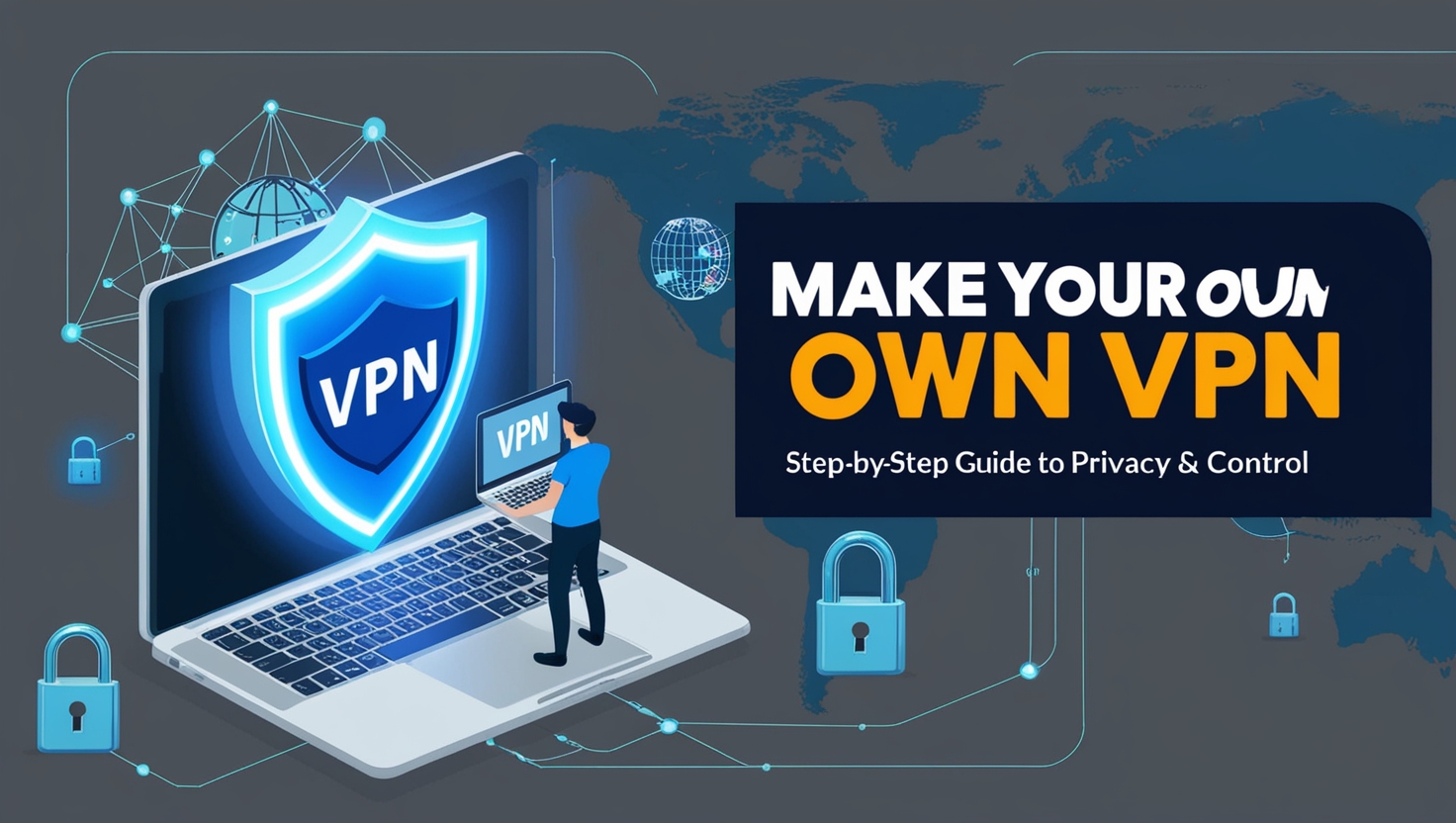
🛡️ 1. What is a VPN and Why Should You Create Your Own? A VPN (Virtual Private Network) is a secure tunnel between your device and the internet, ensuring encrypted

1️⃣ 🔍 What is SQLMap? SQLMap is an open-source penetration testing tool used to automate the process of detecting and exploiting SQL injection vulnerabilities in web applications. In this sqlmap

1. 🔍 What is SOCMINT? A Quick Introduction to Social Media Intelligence Social Media Intelligence (SOCMINT) refers to the process of collecting and analyzing data from social media platforms to
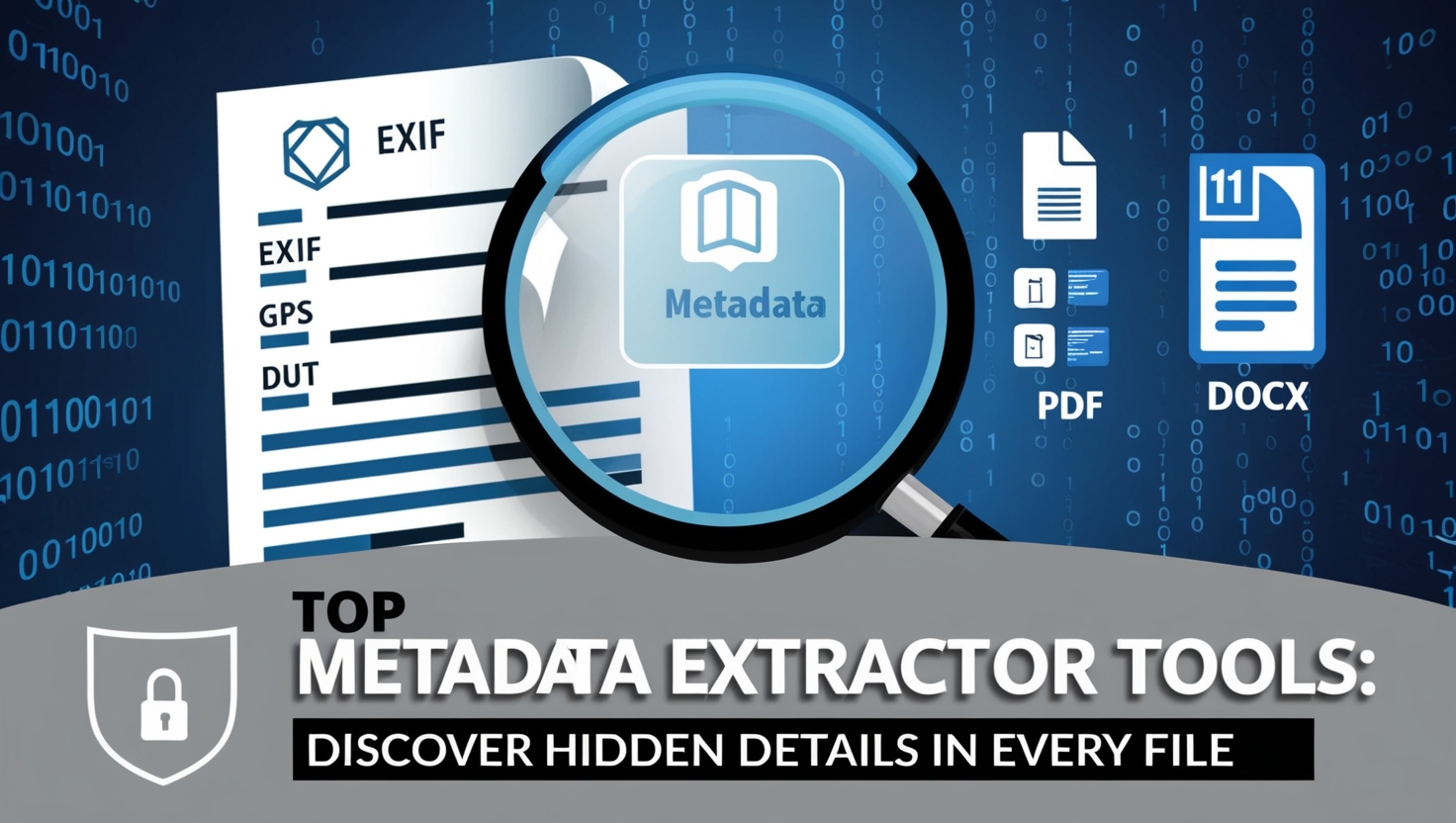
1️⃣ 🔍 What is Metadata? Metadata extractor is “data about data.” Think of it like the label on a food package. While the food (file) is what you consume, the
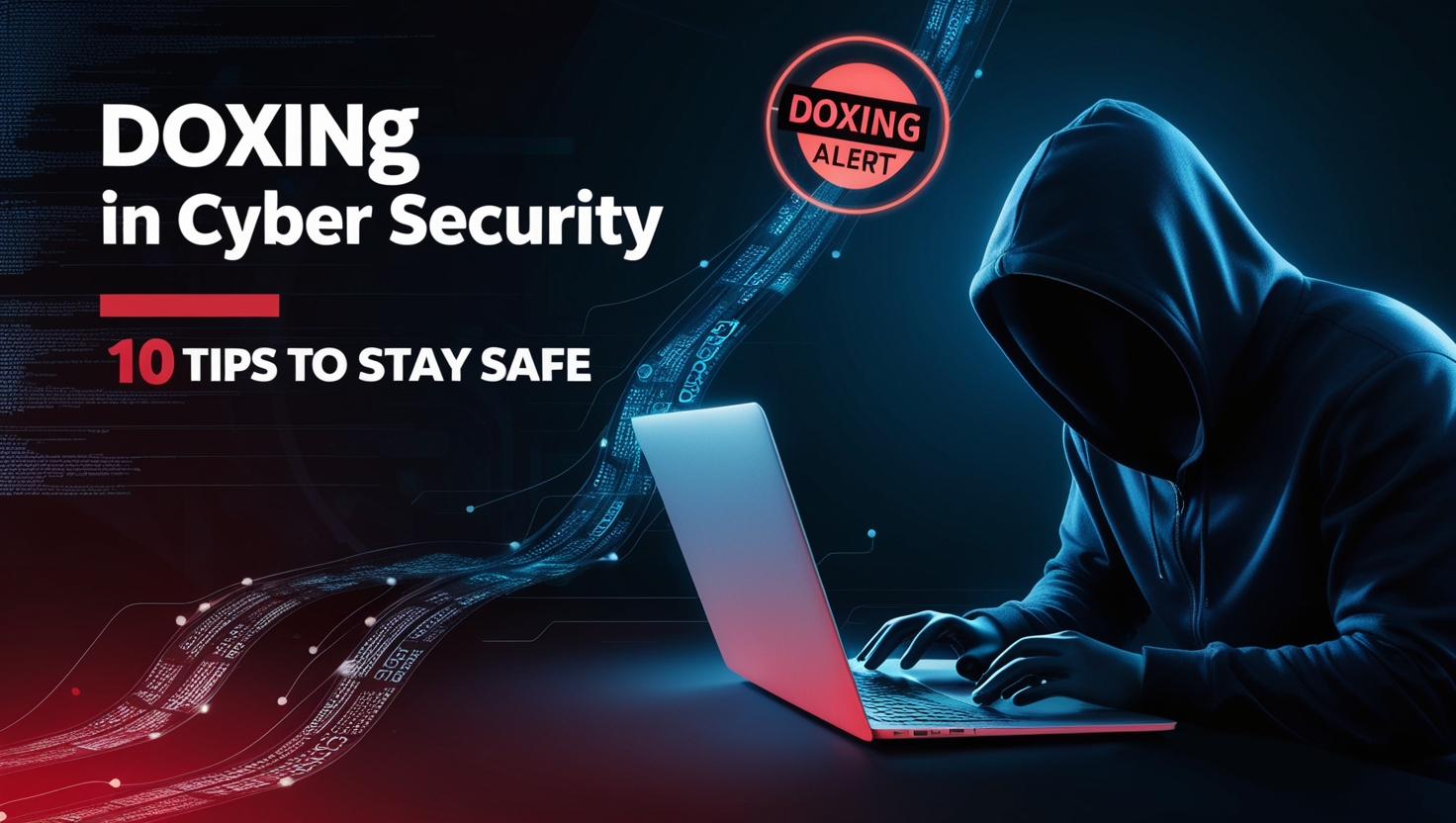
1️⃣ 🤔 What is Doxing? Doxing in cyber security refers to the act of gathering and publishing private or personally identifiable information (PII) about an individual without their consent. This
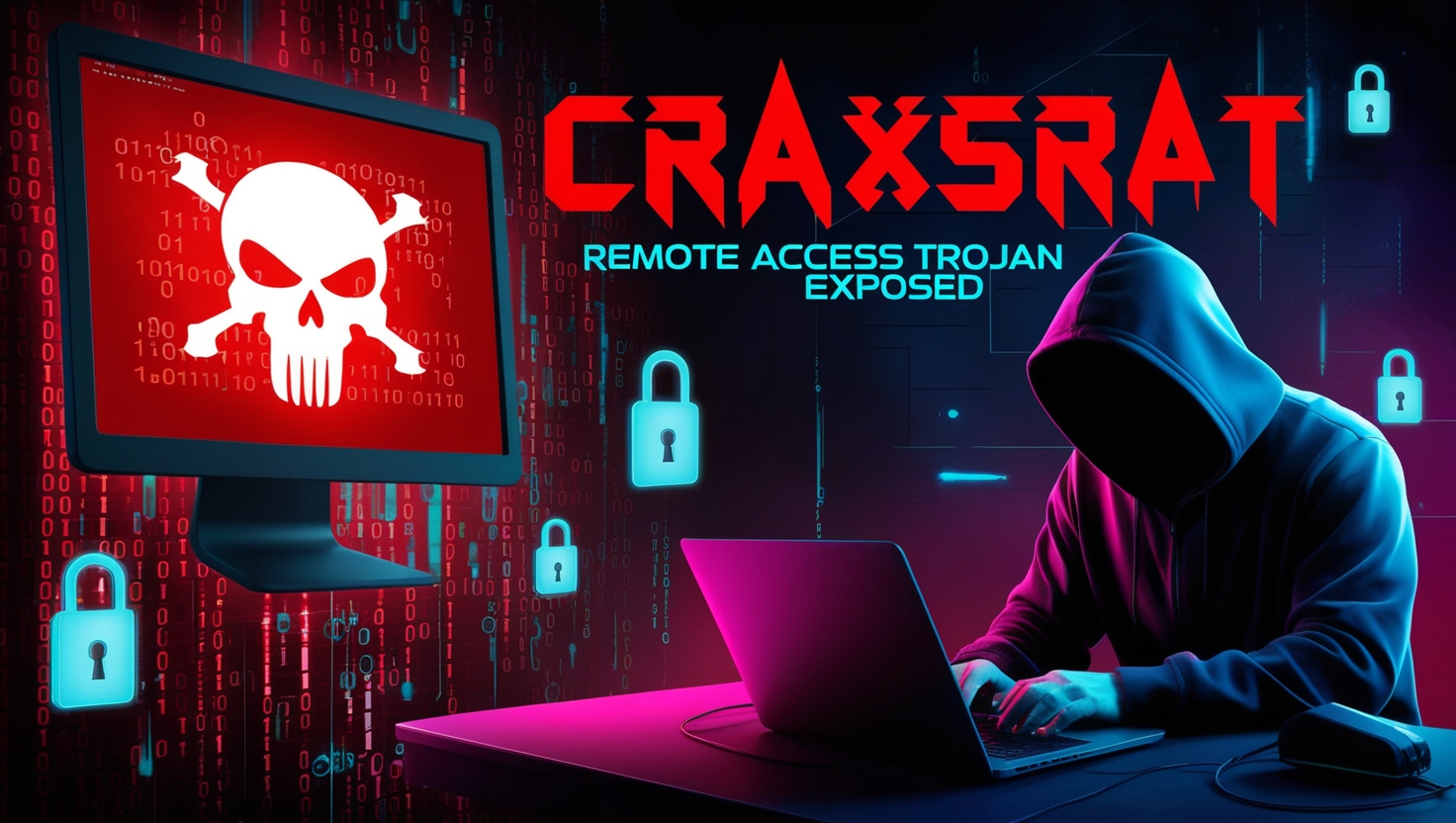
1️⃣ 🤖 What is CraxsRAT? CraxsRAT is a type of Remote Access Trojan (RAT) that allows attackers to gain unauthorized access to a victim’s device. Once installed, it can give

1️⃣ 🔍 What is Async RAT? Async RAT (short for Asynchronous Remote Access Trojan) is a free, open-source Remote Access Trojan used by both cybersecurity researchers and cybercriminals. It enables

1️⃣ 🔍 What is Skipfish? Skipfish is a high-performance, active web application security reconnaissance tool used for automated vulnerability scanning. It crawls web applications and attempts to find security loopholes.

1️⃣ 🔍 What is Nessus? Nessus is one of the most widely used vulnerability scanning tools in the world. It helps cybersecurity professionals identify potential security risks, weaknesses, and misconfigurations